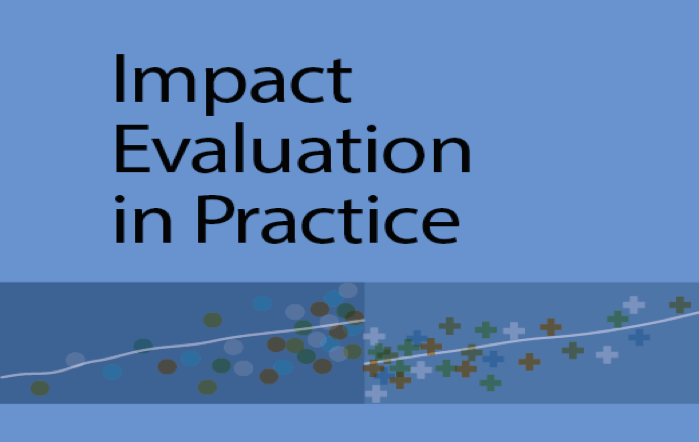 Guest post by Dr. Justin Connolly from Dublin City University
Guest post by Dr. Justin Connolly from Dublin City University
The overall purpose of the MIDAS project is to develop a software-based or digital platform for healthcare policy makers that will enable greater and more efficient use of their data. One further objective is to enable sharing of open data sources whereby policy makers in European healthcare institutions can gain access to healthcare data across other institutions and countries affiliated with the MIDAS project. Though this objective brings with it many legal and ethical issues, it is believed that adoption of this method will be worthwhile and will enable decision-makers to gain greater understanding of the health of the indigenous population at regional and national level, better inform policy, and reduce costs in the healthcare system. Furthermore, it will allow decision makers to more readily explore health trends, test theories and look for correlations and patterns pertaining to health issues within their respective regions and further afield.
To function effectively, the MIDAS project is comprised of eight various groups or work packages, each with their own specific tasks and responsibilities. A key function of any major project is constant review and assessment of each stage of the project to ensure the project meets its targets and identify potential problems in advance. This is the case with the MIDAS Work Package 6 group, whose prime responsibility is to liaise between technical developers, policy makers and stakeholders to clarify issues and identify potential problems and impacts throughout the lifecycle of the project.
One of the biggest challenges with major projects and for every respective group within the MIDAS project is delivery of the solution or product within the agreed time period. Considerable time can be consumed in identifying the differences between customer wants and customer needs. Another key challenge within the lifetime of a project is identifying a customer’s technical skills with regard to the product delivered. As the project develops, there is considerable need for the customer or end-user to provide feedback on use of the new technology within their domain. This further requires stakeholders operating on a working system and having a certain level of insight into the analytics and visualizations being used and being made aware of the options available to them. As major health-based companies and institutions share data with developers, they anticipate demonstrations on how their data can be used in new ways that best suit their needs. Therefore, stakeholder involvement in using the new platform is key to identifying problems and required changes as the project develops, but this must be a continual process. One key function, therefore, is constant communication between those driving the MIDAS initiative, technical developers within MIDAS, stakeholders, policy makers and technical staff within the various healthcare institutions who seek to represent both policy makers of their respective institutions and end-users of the final system. The issue of how the project is meeting the needs of the customer has to be addressed at an individual level. One key factor that separates the MIDAS project from more commercial-type projects is the critical health issues involved in the project. Such issues include childcare, obesity and mental-health issues. Therefore, impact assessment is a priority and is key to successful outcome of the MIDAS project. This can only be achieved by continual and accurate assessment based on feedback from stakeholders, health professionals and end-users of the system which has to be balanced against the project’s timeline.
Finally, though the MIDAS project serves a common purpose, it must be flexible to cater to the needs of individual institutions with their particular and sometimes unique needs as mentioned above. One could draw an analogy to entering a restaurant. The customer chooses from the menu and they select their preferred dish. The expectation is that the food is of quality and serves the individual needs of the customer. However, the selective menu and each individual dish should be one which is mutually satisfactory to all customers of the system. Key questions for the successful outcome of such a health-based project in its various stages should include the following:
- Where is the project with respect to agreed timelines, budget, and technical objectives?
- What is working as planned?
- What is not working as planned?
- What unexpected issues have emerged?
- What unexpected opportunities have emerged?
- Is there anything that could be done that is not being done to further enhance progress?
- Is the end-user or customer satisfied with the way things are progressing?
- Are the project “stakeholders” and healthcare policy makers comfortable with the results of the project?
These type of questions should be reviewed and considered as a baseline for measuring progress during regular meetings between all parties concerned – technical developers, non-technical project members and policy makers. Findings and key questions arising from these meetings can further serve as a foundation and a template for interviewing those who will be most affected by the project outcomes – primarily stakeholders, external policy makers and end-users of the system. This cycle of constant communication is key to success in terms of impact evaluation and final outcome of the project.
